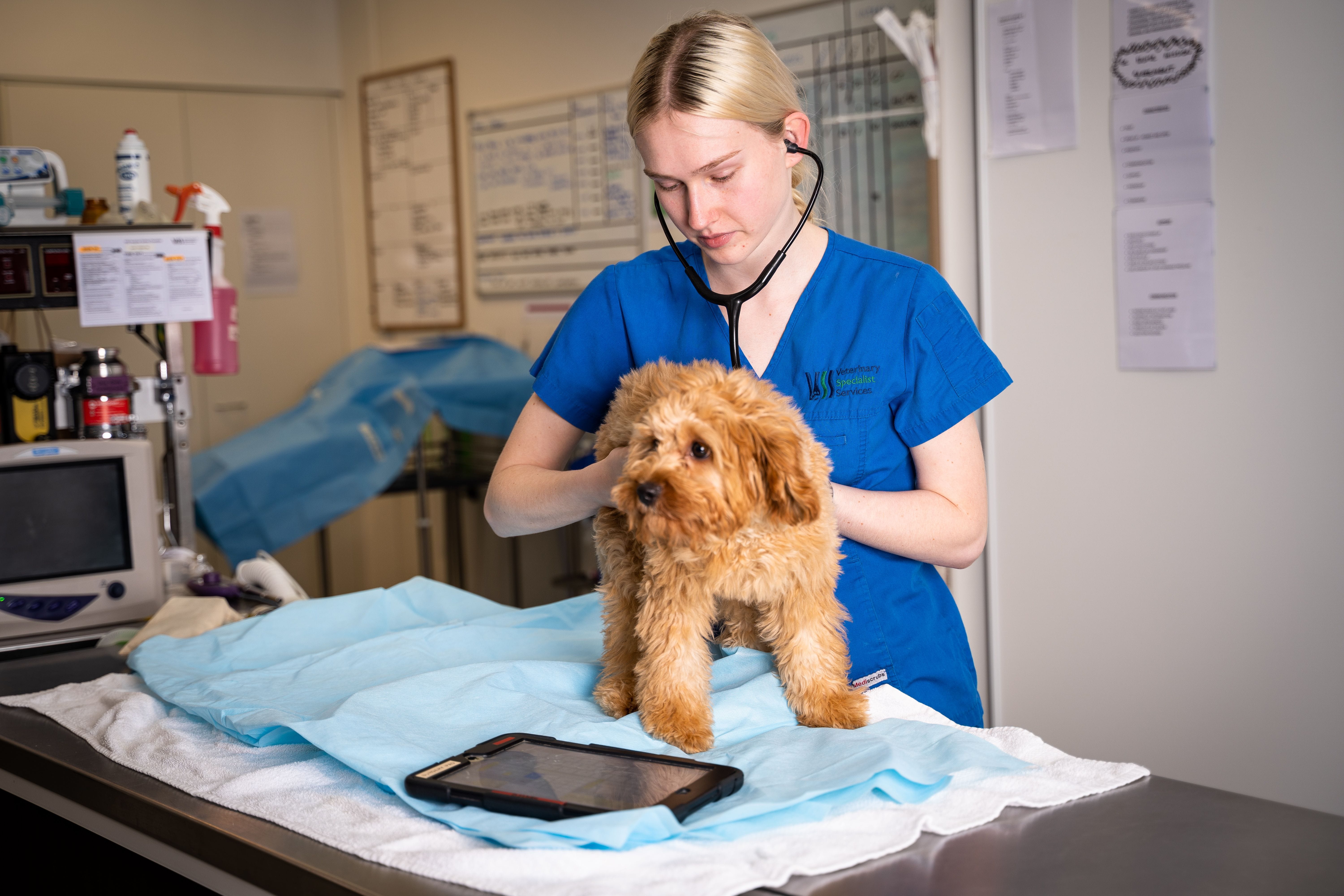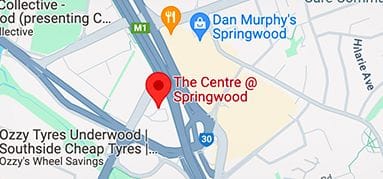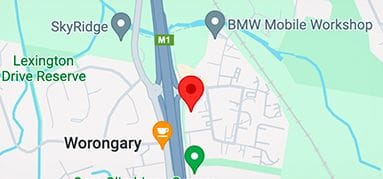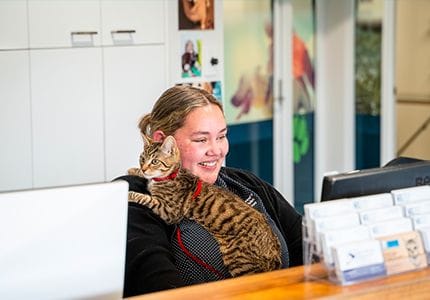Dietary manipulations are important to try as studies have shown that many pets will respond to strict diet changes without further intervention needed. Animals that show improvement after diet trials are said to have a Food Responsive Enteropathy (FRE). There are many options for types of foods, additives and diets that can be used to see if they benefit your pet. They may include:
Low fat foods. (e.g. Royal Canin GIT low fat, Hills low fat)
Dietary changes designed to alter the types or amounts of microbes that live in their gut (referred to collectively as the ‘microbiome’). This may include
o specific foods such Hills Gastrointestinal Biome
o the addition of probiotics (e.g. Fortiflora)
o altering fibre intake (e.g. by adding pumpkin, psyllium husk or Metamucil).
o These are foods that aim to limit the body’s recognition of proteins that commonly cause allergies in dogs and cats (e.g. Hills z/d, Royal Canin hypoallergenic, Purina HA).
o These are diets that are designed to provide proteins (and in some cases, carbohydrates) that pets have not been fed previously to prevent the body from reacting to them.
o There are many options for commercially available diets that have been formulated to be complete and balanced for your pet (E.g. Prime 100 comes in many protein varieties such as salmon, wild boar, duck or crocodile; Royal Canin also has a duck and potato diet)
o In some cases, elimination diets focusing on just one or two ingredients are trialled until symptoms improve. Once the gut has recovered sufficiently, foods are added back in until a long-term complete and balanced diet that the pet will tolerate can be achieved.
It is very important that during a food trial the recommended diet is the ONLY thing that the pet consumes. Any access to other foods has the potential to reintroduce an allergic reaction and additional inflammation, or reduce the effectiveness of microbiome-altering additives. This will likely cause the recurrence of GI signs.
We generally expect to see a response within 2 weeks of starting a diet change but maximal response is seen within 4-6 weeks. It is important to remember this is a diet TRIAL, and food changes are not a one-size-fits-all approach. As reactions can be unique to each individual, it is sometimes necessary to work through a number of diets before a suitable one is found to control your pet’s symptoms. In some cases, once your pet is in remission it may be possible to reintroduce some food types without flare-ups. But for other patients, they may need to remain on a specialised or very restrictive diet life-long.
When on these diets it’s important to avoid any flavoured food products in addition to treats. This includes all chews, rawhides, treats, and sometimes even flea/tick prevention. Please speak to your veterinarian about topical or unflavoured parasite prevention if your pet is on a strict food trial.
&geometry(278x56))








